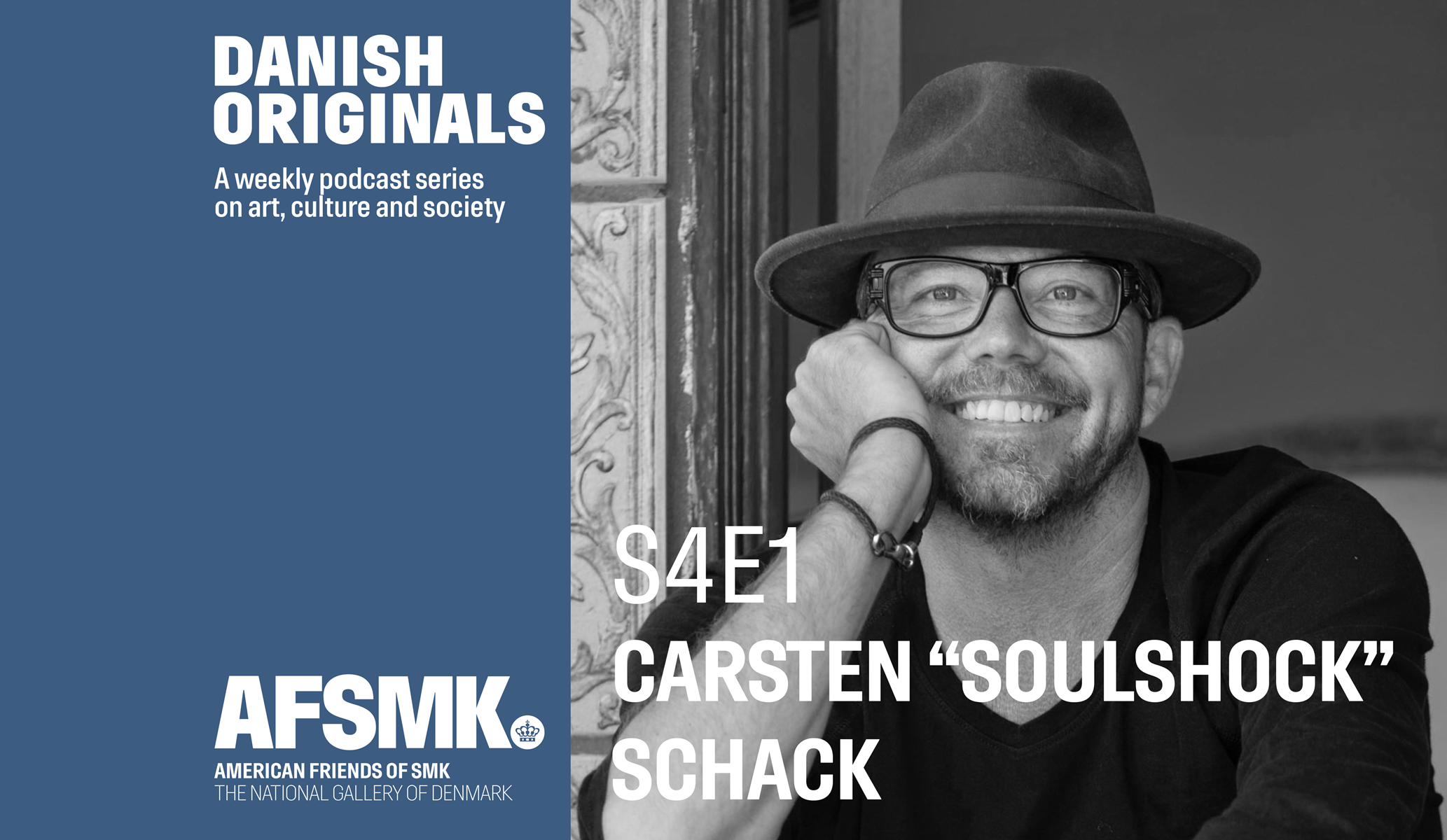My theory is that there wouldn’t be a film at all if it wasn’t for some of the most eye-popping CGI effects yet achieved on the big screen. If that sounds deflationary, don’t worry, it’s probably the most damning indictment you can level at Peter Jackson’s bombastic new instalment in The Hobbit trilogy.
Let it be known from the get-go that I’m an agnostic when it comes to fantasy. So for me, The Hobbit: The Desolation of Smaug was never going to bowl me over on the strength of its story and characters alone.
I’m sure that fans of Jackson find ample justification for splitting Tolkien’s single-volume, 1937 classic into three parts, but for my money, it’s a precarious decision. If the filmmaker weren’t blessed with a fiercely loyal fan base, it would no doubt be much harder to pull off a trilogy with a total running time of over ten hours.
For those who missed the previous instalment, The Hobbit: An Unexpected Journey, the trilogy – brought to life with incredible meticulousness and almost religious veneration for its source material – chronicles a series of events that take place 60 years before those of the Lord of the Rings trilogy, which as we all remember, propelled Jackson and his cast to mega-stardom some ten years ago.
The absence of Elijah Woods as Frodo, Viggo Mortensen as Aragorn and several other luminaries might at first register as a bit of a vacuum in terms of the acting chops and star charisma.
There is, however, some compensation to be had in Freeman as the likeable and comically banal Bilbo Baggins. It is from Bilbo that Frodo later inherits the eponymous ring, the magical artefact that must be destroyed lest Sauron the Dark Lord (played in the LOTR films by Christopher Lee) fulfil his evil designs.
Gandalf the Grey (McKellen) also features, and he ain’t going nowhere. Amazingly enough, the 74-year-old greybeard still rides a horse like a young man.
The first film saw Bilbo and a company of 12 dwarves join Gandalf to embark on an adventure through Middle Earth. During their travels they were targeted and nearly defeated by orcs, trolls, stone giants and a wizard – no wonder they’re looking a bit worse for wear as the second film opens!
Now, led by the would-be king Thorin (Armitage), they head for the Lonely Mountain on the run from an orc named Azog who is hell-bent on murdering Thorin.
Fleeing into Mirkwood, they are attacked by giant spiders as revolting and realistic as the various creepy-crawlies on Skull Island in Jackson’s King Kong (2005). The weak point of this scene (and many others) is that the entire company make it out alive. Nothing about the vile monsters they encounter makes this believable – that is until we find out that their rescue is down to the intervention of the effeminate elves Legolas (Bloom) and Tauriel (Lilly).
And thus, the central heroes’ fortune waxes and wanes for hours in a manner that makes the inherent logic of the story as arbitrary as the elvish language (which you decipher via subtitles).
While the film utterly failed to move me, it looks gorgeous. The camera angles and movements are fluid, imaginative and in proportion to the incredible CGI effects.

Dir: Peter Jackson; US fantasy, 2013, 161 mins; Ian McKellen, Martin Freeman, Richard Armitage, Benedict Cumberbatch, Evangeline Lilly, Orlando Bloom, Stephen Fry
Playing nationwide














